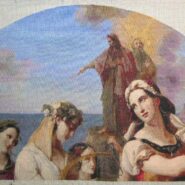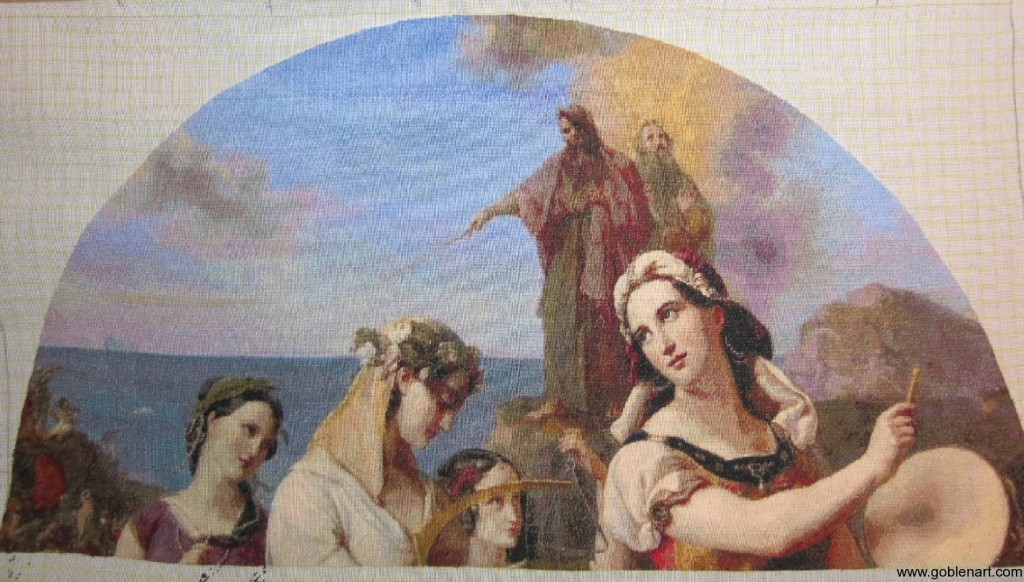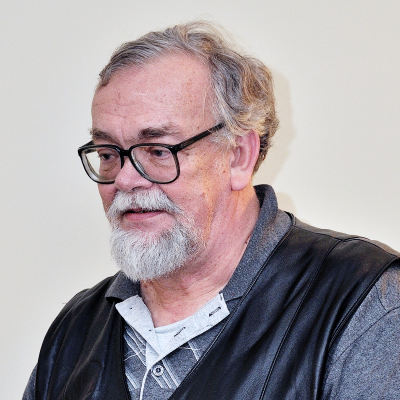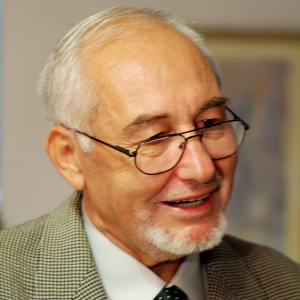
Miriam’s song of praise – sewing period
Painter: Wilhelm Hensel
Colors: 90
Dimensions: 69 * 69 squares 1 square is 10 * 10 dots, about 1 centimeter
1 square is 10 * 10 dots, about 1 centimeter
Sewing period
Wilhelm Hensel (6 July 1794 – 26 November 1861) was a German painter, brother of Luise Hensel, husband to Fanny Mendelssohn, and brother-in-law to Felix Mendelssohn.
Miriam’s Song of Praise (c.1836) was presented to Queen Victoria by the artist in 1843.
In a scene taken from the book of Exodus 15, the prophetess Miriam is depicted leading a dance to celebrate the victory of the Israelites over the Pharoah’s army: ‘And Miriam the prophetess, the sister of Aaron, took a timbrel in her hand; and all the women went out after her with timbrels and with dances. And Miriam answered them, Sing ye to the LORD, for he hath triumphed gloriously’ (Exodus 15, Chapters 20-21). Moses and Aaron watch over the procession from a mountaintop, while the pyramids can be seen in the distance.
The painting was completed in 1836 and exhibited in Berlin, where it received great praise from critics who particularly admired the circular composition, the choice of colours and the distribution of light (Vossischen Zeitung, 27 October, 1836). A number of preparatory sketches and studies exist from the previous year, including one fully worked-up oil study (Private Collection), which has a similar Egyptian-style frame, designed by the artist.
Like King David, Miriam the prophetess was often used by artists and composers to represent the art of Music. In this instance the model for the figure of Miriam was a composer herself, Fanny Mendelssohn (1805-47), Hensel’s wife, and the sister of the more celebrated Felix. Hensel’s two sisters-in-law, Rebecka (Fanny’s sister) and Albertine (the wife of Fanny’s brother Paul and cousin of the poet Heinrich Heine) posed for the other two main figures. In the 1820s and 1830s Hensel made numerous exquisite pencil portraits of the Mendelssohn circle which have often been reproduced by his biographers.
The artist made full use of these family connections during his first visit to London in 1838, in an effort to establish a market for his pictures in the city. Felix Mendelssohn was particularly well regarded in London during the 1830s and 1840s and had a number of eminent English patrons and friends, including Prince Albert and Queen Victoria. Hensel was a superb portraitist in pencil, and achieved some initial success in this genre with Harriet, Duchess of Sutherland, who asked him to draw her children and subsequently showed the drawings to Queen Victoria. The Duke of Sutherland was already acquainted with Hensel’s work, having sat to him for a pencil drawing during a diplomatic posting in Berlin in 1821.
Hensel brought ‘Miriam’s Song of Praise’ to England in 1838, with another canvas, ‘Christ in the Wilderness’, and both pictures were shown to Queen Victoria in the Picture Gallery at Buckingham Palace in an audience arranged by Baroness Lehzen. The Queen recorded in her Journal, ‘Went to look at two very fine pictures by a German artist called Hansel (sic) which are really very fine. I saw the painter myself’ (Journal, 18 August, 1838). Hensel wrote to Fanny that the Queen had admired her likeness and ‘made the most flattering remarks about my beautiful sisters-in-law’ (Lowenthal-Hensel 2004, p.224). Hensel’s letters suggest that he thought she wanted to buy the picture on that occasion and left Baroness Lehzen to arrange the purchase. However, for reasons unknown this did not happen and both pictures remained unsold until Hensel returned to London in 1843, much to the dismay of the artist and his wife who were under considerable financial pressure.
On his second visit to England Hensel was provided with a letter of introduction to Prince Albert from the new king of Prussia, Frederick William IV, for whom he had worked as a theatrical painter and designer. The King expressed a wish that Hensel be allowed ‘to draw or perhaps even paint’ his godson, Albert Edward, Prince of Wales. As Prince Albert reported back, this first royal commission, a drawing of the young prince sitting on a cushion arranging a wreath of flowers around the neck of a golden eagle, was a success: ‘I waited deliberately in order to be able to inform you when I wrote of the success of the work which our accomplished painter undertook at Your Majesty’s command and with which I dare hope that Your Majesty will be well pleased’ (Lowenthal-Hensel 2004, p. 209. The resulting oil painting dated 1843, is at Schloss Charlottenhof, Potsdam). Hensel presented Prince Albert with his miniature ‘Scene’s from Goethe’s Torquato Tasso’ at the same time. A copy in oils of the portrait of the Prince of Wales was given to Queen Victoria a year later by the artist.
It was on this second visit to London that Hensel presented ‘Miriam’s Song of Praise’ to the Queen, and received in exchange a diamond and emerald ring which Hensel subsequently gave to his wife. He wrote in a letter to Fanny that ‘The Queen has given it to me for Mirjam, and since you are Mirjam, I give it to you. And as Mirjam you will live in Buckingham Palace and as Mirjam you will be engraved, so Prince Albert has told me’. The picture was chosen by the Royal couple to be engraved for The Royal Gallery of Art series for the Art Journal in 1856.







